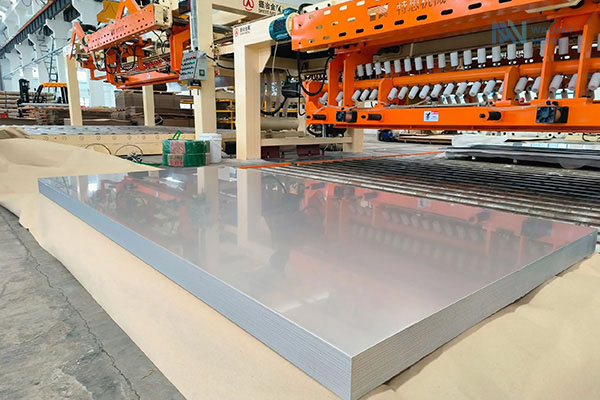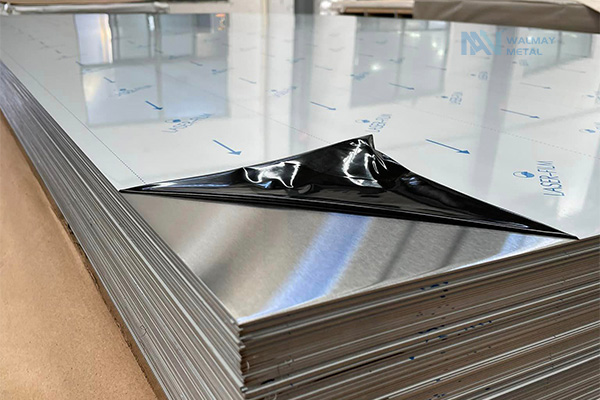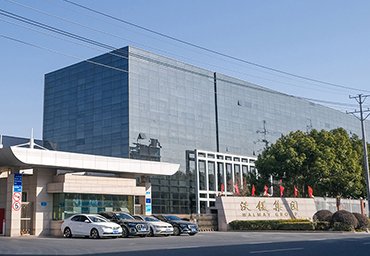17-7 Stainless Steel vs 17-4 – What’s the Difference
What is 17-7 Stainless Steel
17-7PH / 631 Austenite-martensite precipitation hardening stainless steel
17-7PH is a registered trademark of AK Steel in the United States, that is, 631 stainless steel.
631 is an austenite-martensite precipitation hardening stainless steel developed based on 18-8CrNi, also known as controlled phase transformation stainless steel.
After solution treatment, it is an unstable austenite structure with good plasticity and processability.
This state is the use state of steel and has good medium-temperature mechanical properties. The corrosion resistance is better than that of general martensitic stainless steel.
The characteristics of 17-7PH alloy are that it can be heat-treated to obtain high hardness and high strength, excellent fatigue resistance, good corrosion resistance and small heat treatment deformation.
What is 17-4 Stainless Steel
17-4 PH is a registered trademark of AK Steel in the United States, that is, 630 precipitation hardening martensitic stainless steel. The alloy is characterized by high strength and good corrosion resistance, and the recommended operating temperature is below 300℃.
630 is a hardenable stainless steel. Through different heat treatments, different hardness can be obtained, and its tensile strength can reach up to 1100~1300MPa.
Among all hardenable stainless steels, 630 has the best corrosion resistance. In most environments, its corrosion resistance is comparable to 304 and is generally better than 400 series stainless steel.
In petrochemical, food industry, papermaking and other industries, the corrosion resistance of 630 is the same as that of 304L. In marine environments, 630 is easily corroded by seawater and is only suitable for offshore platforms.
17-7 Stainless Steel vs 17-4 – What’s the Difference
Comparison of Chemical Composition: 17-7 Stainless Steel vs17-7 Stainless Steel
| Grade | 631 | 630 |
| C | ≤0.09 | ≤0.07 |
| Si | ≤1.00 | ≤1.00 |
| Mn | ≤1.00 | ≤1.00 |
| P | ≤0.040 | ≤0.040 |
| S | ≤0.030 | ≤0.030 |
| Cr | 16.00~18.00 | 15.00~17.00 |
| Ni | 6.50~7.75 | 3.00~5.00 |
| Al | 0.75~1.50 | —— |
| Cu | —— | 3.00~5.00 |
| Nb | —— | 0.15~0.45 |
17-7 Stainless Steel vs 17-4 Comparison of various national grades
| China | GB/T | 05Cr17Ni4Cu4Nb | 07Cr17Ni7Al |
| United States | AISI | 630 | 631 |
| UNS | S17400 | S17700 | |
| AK Steel | 17-4 PH® | 17-7 PH® | |
| Japan | JIS | SUS 630 | SUS 631 |
| Germany | DIN | X5CrNiCuNb17-4 | X7CrNi17-7 |
| W.Nr. | 1.4542 | 1.4568 |
17-7 Stainless Steel vs. 17-4 Application Differences
17-4PH: Widely used in aircraft and gas turbines, chemical processing equipment, petroleum and petroleum refining equipment, and food processing equipment, etc..
17-7PH: Particularly suitable for aerospace applications, favored for its high strength, good formability and high temperature resistance.
In Conclusion
17-7PH and 17-4PH precipitation hardening stainless steel materials have obvious differences in chemical composition, physical properties, mechanical properties and application fields.
Which material to choose depends on the specific application requirements and working environment. In actual applications, it is necessary to select appropriate precipitation hardening stainless steel materials according to engineering requirements and usage scenarios to ensure product quality and performance.
Tabs:17-7stainless steel,17-4 stainless steel ,aisi 630 ,aisi 631
Table of Contents
Recent Posts
-
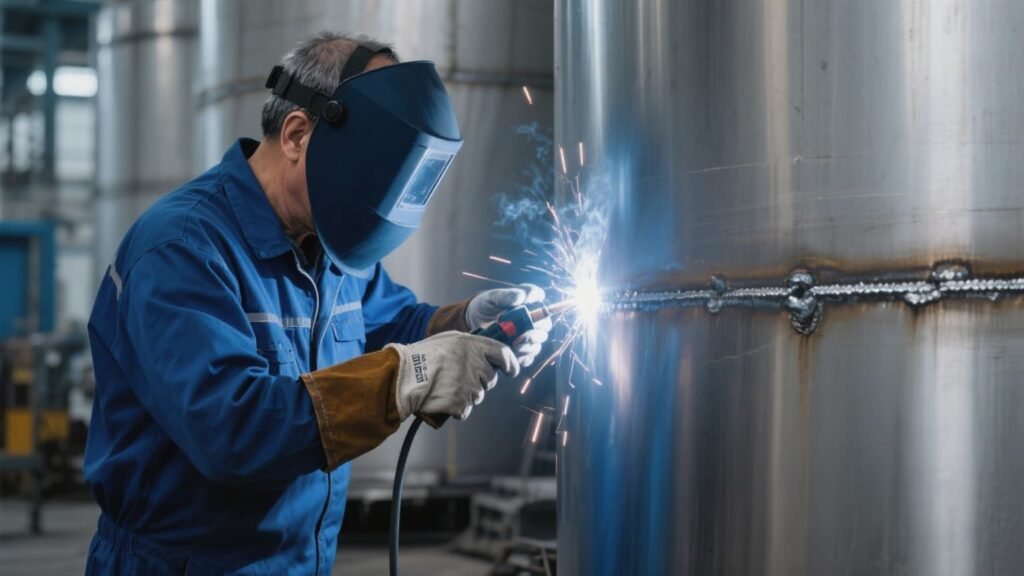 TISCO Receives Patent for Groundbreaking Low-Nickel Stainless Steel Welding Wire12 8 月 2025
TISCO Receives Patent for Groundbreaking Low-Nickel Stainless Steel Welding Wire12 8 月 2025 -
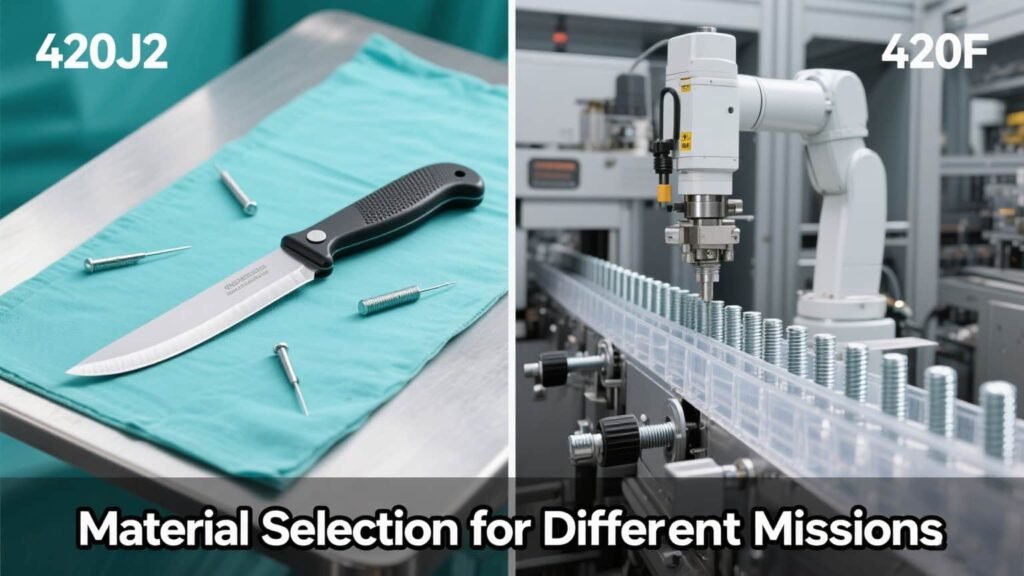 420F vs 420J2 Stainless Steel: Machinist's Guide to Choosing Right11 8 月 2025
420F vs 420J2 Stainless Steel: Machinist's Guide to Choosing Right11 8 月 2025 -
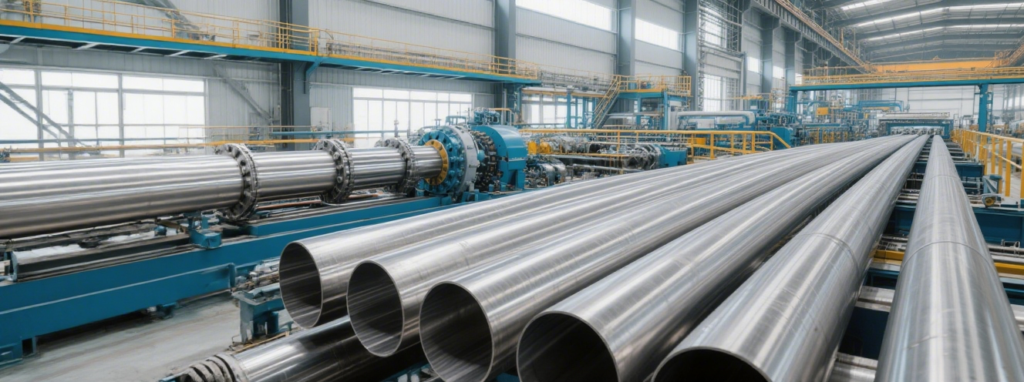 Sun Mark Stainless Launches 24K Ton Seamless Tube Line in India08 8 月 2025
Sun Mark Stainless Launches 24K Ton Seamless Tube Line in India08 8 月 2025 -
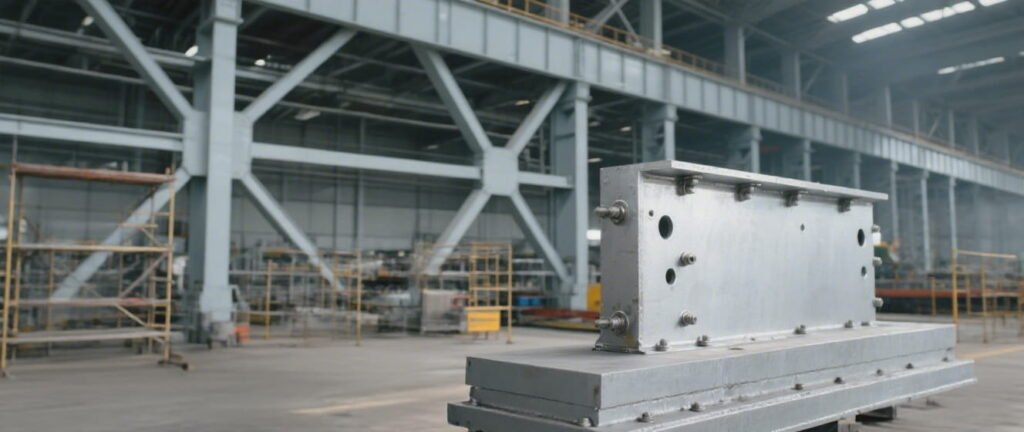 Jindal Group Visits Indonesia's Morowali Park to Advance Stainless Steel Project06 8 月 2025
Jindal Group Visits Indonesia's Morowali Park to Advance Stainless Steel Project06 8 月 2025
Have Any Question?
High-quality manufacturers in the stainless steel industry, feel free to ask

